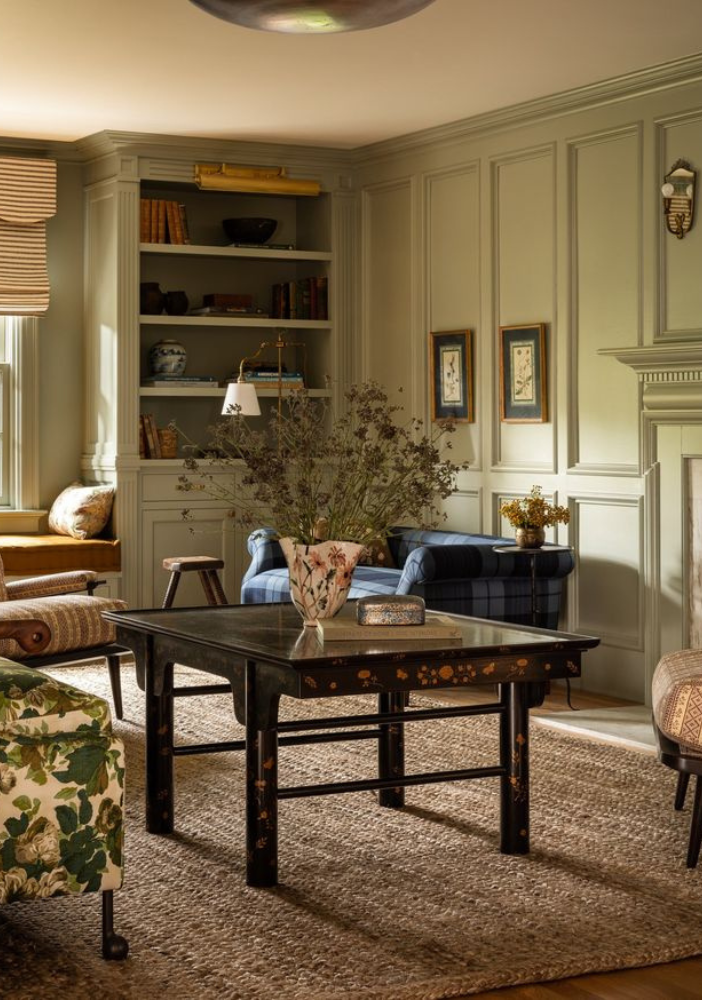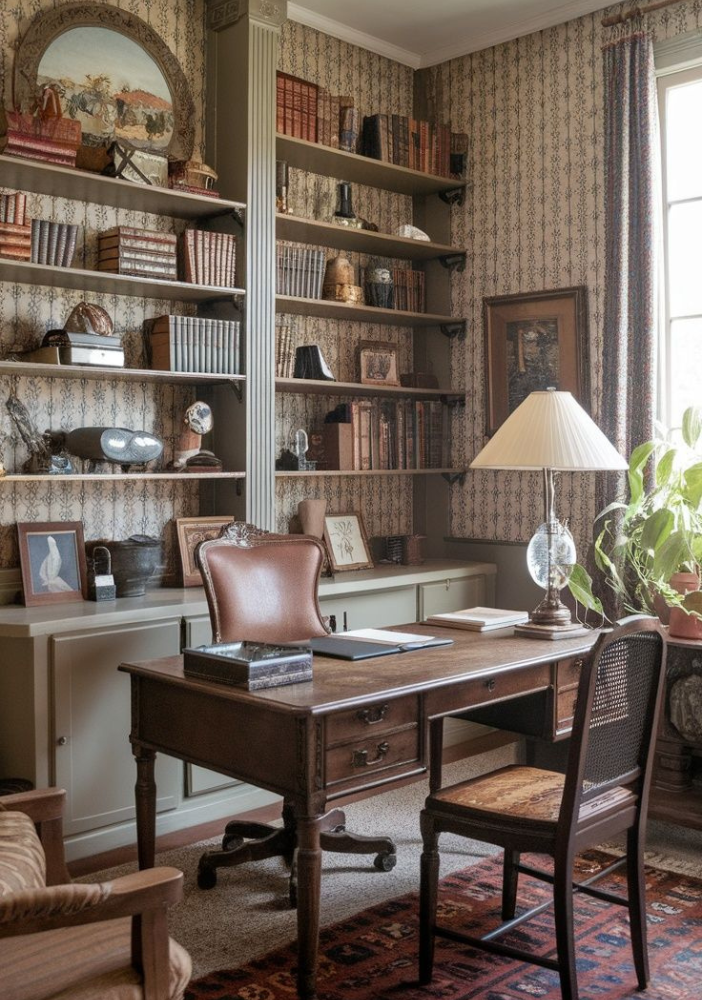weekly design inspiration: framed spaces
For years, the open-concept floor plan reigned supreme—celebrated for its sense of connection, flexibility, and effortless flow. It gave us light, airiness, and the feeling of togetherness we craved. But quietly, a shift is unfolding.
The room is making a return—not in the closed-off, formal way of the past, but with greater intention. Spaces are being defined. Functions are clear. There's more calm. More quiet. More purpose.
Because sometimes, a little separation brings everything together.
shifting priorities
If the last few years have taught us anything, it’s the value of privacy and personal space. With this shift came a collective craving for boundaries—not just physical, but emotional.
Rooms allow us to retreat. They give structure to our day, create zones of calm, and allow multiple activities to happen at once without competing for space. Whether it’s a reading room, a tucked-away office, or a separate dining space for slow Sunday mornings, defined rooms offer a kind of mental clarity that open plans can’t always provide.
That doesn’t mean closing everything off—it means being more thoughtful about how we transition between spaces.
refined function
With the return of the room comes a renewed sense of function. Rather than creating one expansive space to do it all, we’re designing rooms that serve distinct purposes—and doing so beautifully.
This is where layered lighting, custom millwork, and tailored furnishings come in. A cozy den can feel moody and cocooning. A formal dining room can be elegant yet inviting. A home office can feel like an extension of your style rather than an afterthought.
Purposeful design doesn’t mean rigid—it means considered. And when each room is designed with clarity, the home as a whole feels more balanced and complete
flow reimagined
Choosing rooms over an open plan doesn’t mean sacrificing flow. In fact, some of the most successful homes strike a balance—open where it counts, closed where it matters. Sightlines can be preserved. Light can still travel. But with thoughtful transitions, we can create a sense of movement and separation.
This approach creates a rhythm within the home. A space to gather, a space to pause, a space to reset. And in the end, that balance often feels more luxurious than square footage alone. Design is always evolving—but at its core, it’s about supporting how we live. And right now, many of us are craving clarity, calm, and comfort. The return of the room reflects that shift.
Design Tip: Instead of removing walls entirely, consider subtle architectural transitions—like cased openings, columns or ceiling beams—to define zones while maintaining visual flow.






